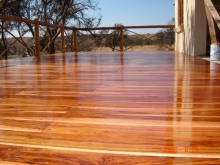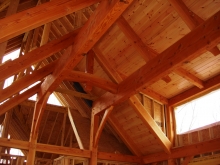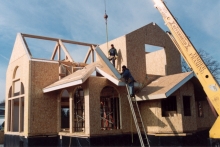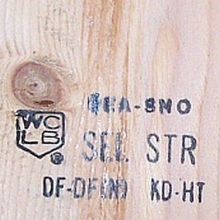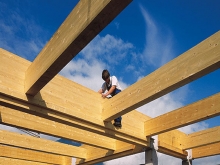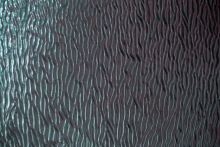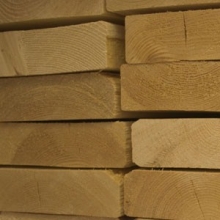Insulating Sheathing
Commonly wrapped around the outside of a structure, insulating sheathing is popular today because of demanding energy codes. Insulating sheathing is a foam insulated board material that reduces energy consumption. It does not have any structural ability and it requires additional lateral bracing to resist seismic and wind loads. Common types of insulating sheathing include polyisocyanurate, molded expanded polystyrene and extruded expanded polystyrene.

